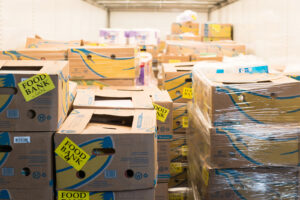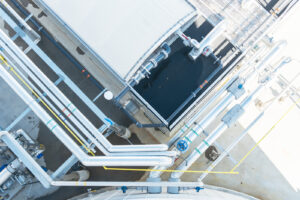July 22, 2025
Originally published in Forbes, July 22, 2025.
With grocery bills climbing and inflation squeezing every corner of the food industry, many businesses are asking the same question: How can we protect our bottom line without passing more costs on to our consumers?
Multiple pressures have driven rising food prices—supply chain disruptions from the Covid-19 pandemic, increased commodity and labor costs and, now, new tariffs on agricultural imports.
In fiscal year 2025, U.S. agricultural imports are forecast to reach $220 billion, according to the U.S. Department of Agriculture. That means food retailers will have to pay more to procure the same amount of goods, and those increased costs are likely to be passed on to consumers. Rising costs for consumers, in turn, lead to lower customer satisfaction.
Several of these inflation drivers are outside of the control of food retailers. While improvements can be made to distribution networks, sourcing strategies or waste management to help protect both profit margins and customers, we first need to understand what goes into food’s overall value.



